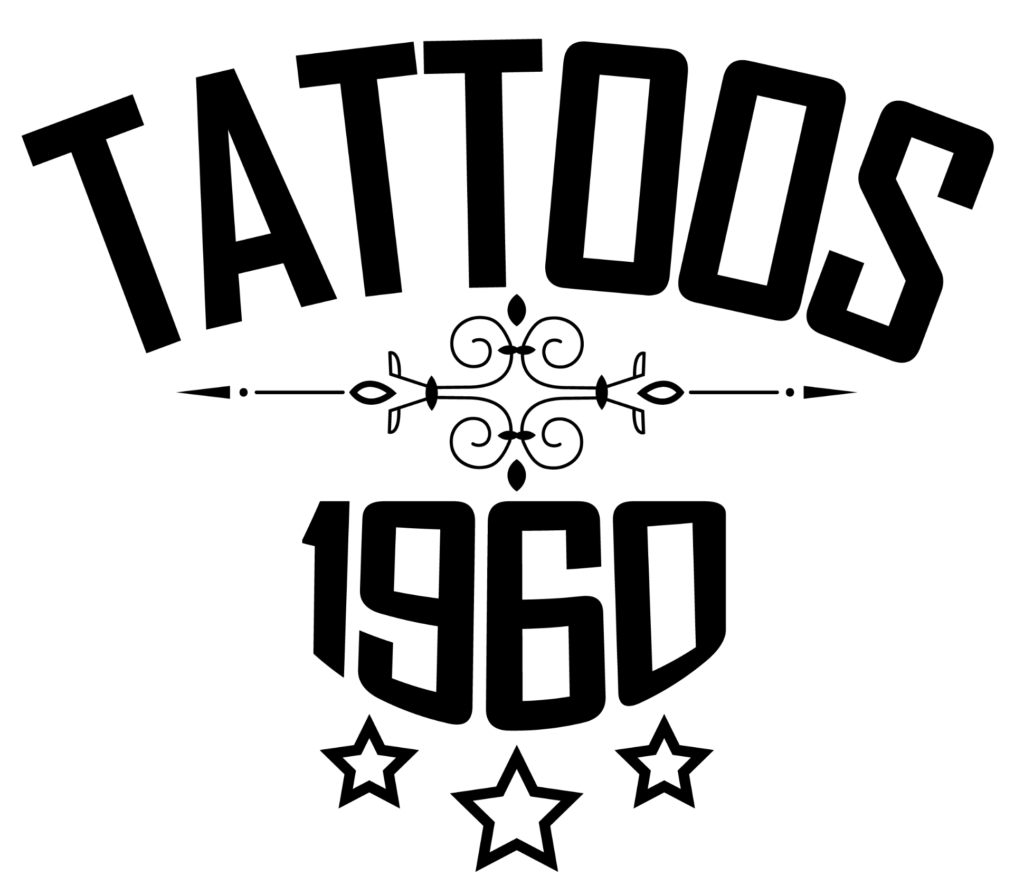Which Piercings Hurt the Most? Pain Levels Explained
Understanding the varying pain levels associated with different piercings is crucial for individuals considering body modifications. Pain perception is subjective and influenced by factors such as individual pain tolerance, the specific body part being pierced, and the expertise of the piercer. This comprehensive guide delves into various piercings, categorizing them based on reported pain levels, to assist in making informed decisions.
Least Painful Piercings
Earlobe Piercing
Earlobe piercings are among the most common and least painful types of body modifications. The earlobe consists of soft, fleshy tissue with minimal nerve endings, resulting in a quick and relatively painless procedure. Individuals often describe the sensation as a brief pinch. Proper aftercare, including regular cleaning with saline solution, is essential to prevent infections and promote healing.
Nostril Piercing
Nostril piercings involve puncturing the cartilage of the nose, which contains more nerve endings than the earlobe, leading to moderate discomfort. The pain is typically brief, and many individuals report a sharp pinch followed by a throbbing sensation. Adherence to aftercare instructions, such as cleaning with saline solution and avoiding unnecessary touching, is vital for proper healing.
Moderately Painful Piercings
Helix Piercing
A helix piercing is performed on the upper cartilage of the ear. Cartilage piercings generally cause more discomfort than earlobe piercings due to the denser tissue and increased nerve endings. The procedure involves a sharp pain during the piercing, followed by soreness during the healing process. Careful aftercare, including avoiding sleeping on the pierced ear and regular cleaning, is crucial to prevent complications.
Tongue Piercing
Tongue piercings are perceived as moderately painful. The procedure involves puncturing the muscle tissue of the tongue, which contains numerous nerve endings, resulting in a sharp pain during the piercing. However, the healing process is relatively quick, and pain subsides within a few days. Proper care, such as avoiding spicy foods and rinsing with an antiseptic mouthwash, helps prevent infections and swelling.
Most Painful Piercings
Nipple Piercing
Nipple piercings are known for being highly painful due to the presence of dense nerve endings in the area. The initial piercing involves intense pain, which may persist for a few days. The healing process can take several months, and proper aftercare, including wearing loose clothing and avoiding irritation, is essential.
Industrial Piercing
An industrial piercing involves two piercings connected by a barbell, typically through the upper ear cartilage. This procedure is more painful than a standard cartilage piercing because it requires two separate perforations. The healing period is long, and discomfort may persist due to the ear’s movement. Regular saline soaks and avoiding pressure on the piercing aid in proper healing.
Genital Piercings
Genital piercings are considered among the most painful due to the high concentration of nerve endings in these areas. The pain level varies depending on the specific type of genital piercing, but most individuals experience sharp pain during the procedure and discomfort during the healing phase. Strict hygiene and aftercare practices are necessary to prevent infections.
Frequently Asked Questions
Which piercing hurts the most?
Genital piercings and nipple piercings are often reported as the most painful due to the high concentration of nerve endings in these areas.
How long does the pain last after a piercing?
Pain duration varies by piercing type. Most discomfort subsides within a few days, but cartilage and nipple piercings can take longer to heal.
Can I take painkillers before getting a piercing?
It is generally safe to take an over-the-counter pain reliever like ibuprofen before a piercing, but avoid blood thinners such as aspirin.
How can I reduce piercing pain?
Applying a numbing cream before the procedure, using deep breathing techniques, and ensuring you are well-hydrated can help reduce pain.
What should I do if my piercing becomes infected?
If you notice excessive redness, swelling, or pus, clean the area with saline solution and consult a professional piercer or healthcare provider immediately.
Conclusion
Pain perception is subjective, and individual tolerance levels vary. While some piercings are generally considered more painful than others, the expertise of the piercer and proper aftercare significantly impact the overall experience. Before getting a piercing, researching pain levels and healing requirements ensures a well-informed decision. Always choose a professional piercer and follow recommended aftercare practices to promote safe and effective healing.
For those interested in becoming a piercing artist, reach out to us.
